News
-

How to judge whether there is a problem with the motorcycle chain
If there is a problem with the motorcycle chain, the most obvious symptom is abnormal noise. The motorcycle small chain is an automatic tensioning working regular chain. Due to the use of torque, the small chain lengthening is the most common problem. After reaching a certain length, the automati...Read more -

How to look at the motorcycle chain model
Question 1: How do you know what model the motorcycle chain gear is? If it is a large transmission chain and large sprocket for motorcycles, there are only two common ones, 420 and 428. 420 is generally used in older models with small displacements and smaller bodies, such as the early 70s, 90s a...Read more -

Can engine oil be used on bicycle chains?
It is best not to use car engine oil. The operating temperature of automobile engine oil is relatively high due to engine heat, so it has relatively high thermal stability. But the bicycle chain temperature is not very high. The consistency is a bit high when used on a bicycle chain. Not easy to ...Read more -
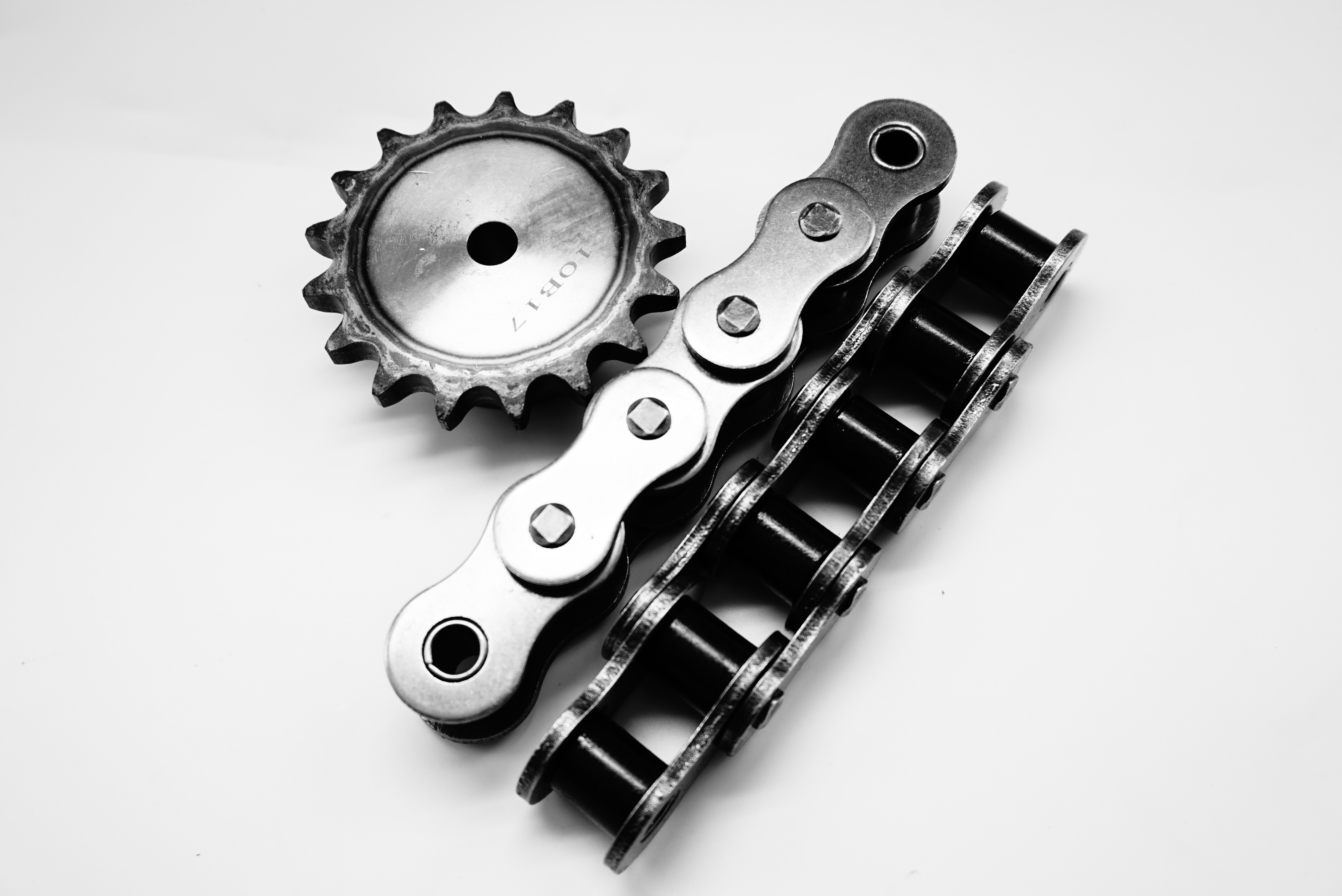
What is the difference between bicycle chain oil and motorcycle chain oil?
Bicycle chain oil and motorcycle chain oil can be used interchangeably, because the main function of chain oil is to lubricate the chain to prevent chain wear from long-term riding. Reduce the service life of the chain. Therefore, the chain oil used between the two can be used universally. Whethe...Read more -
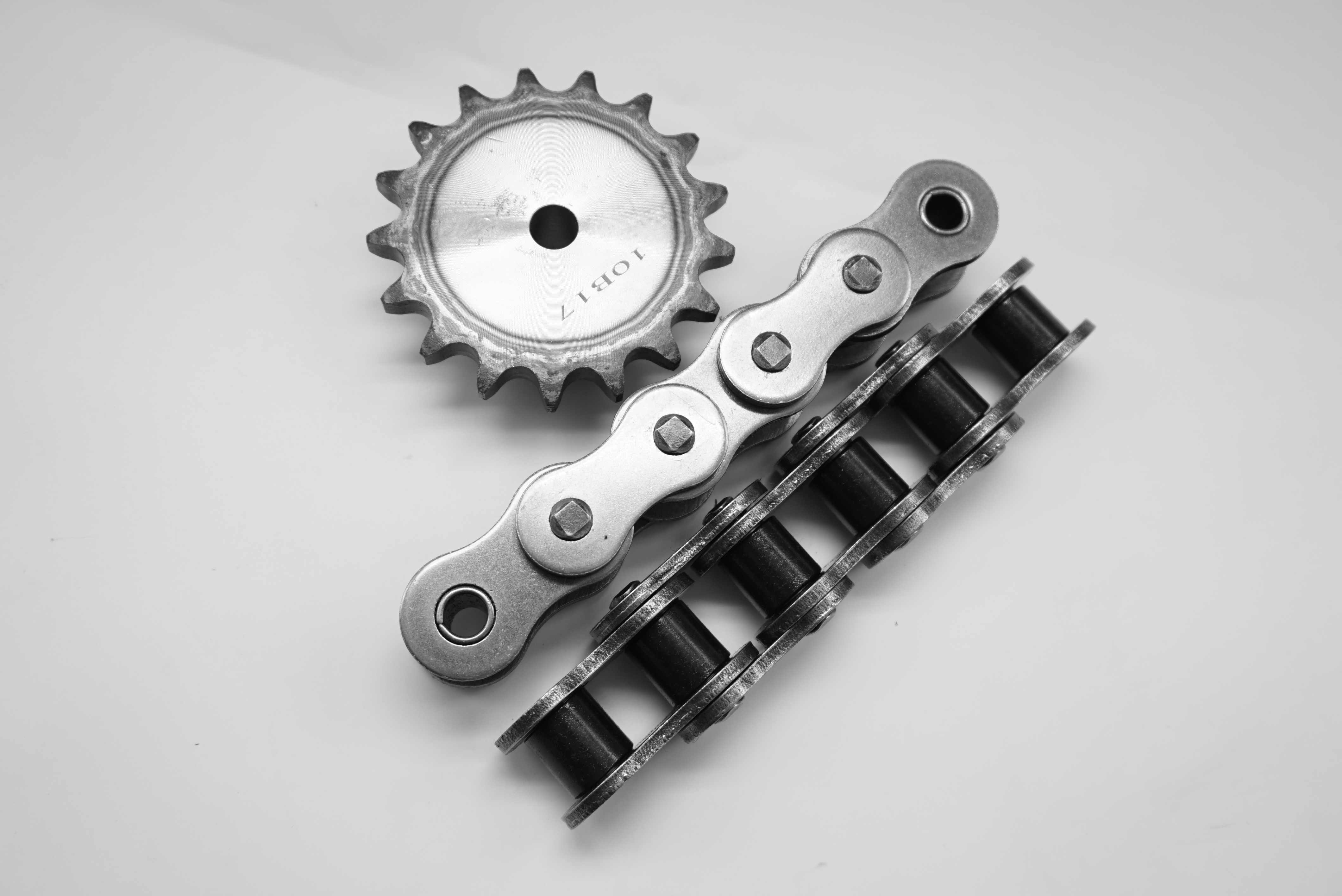
What oil is used for motorcycle chains?
The so-called motorcycle chain lubricant is also one of many lubricants. However, this lubricant is a specially formulated silicone grease based on the working characteristics of the chain. It has the characteristics of waterproof, mud-proof, and easy adhesion. The harmonization basis will more e...Read more -
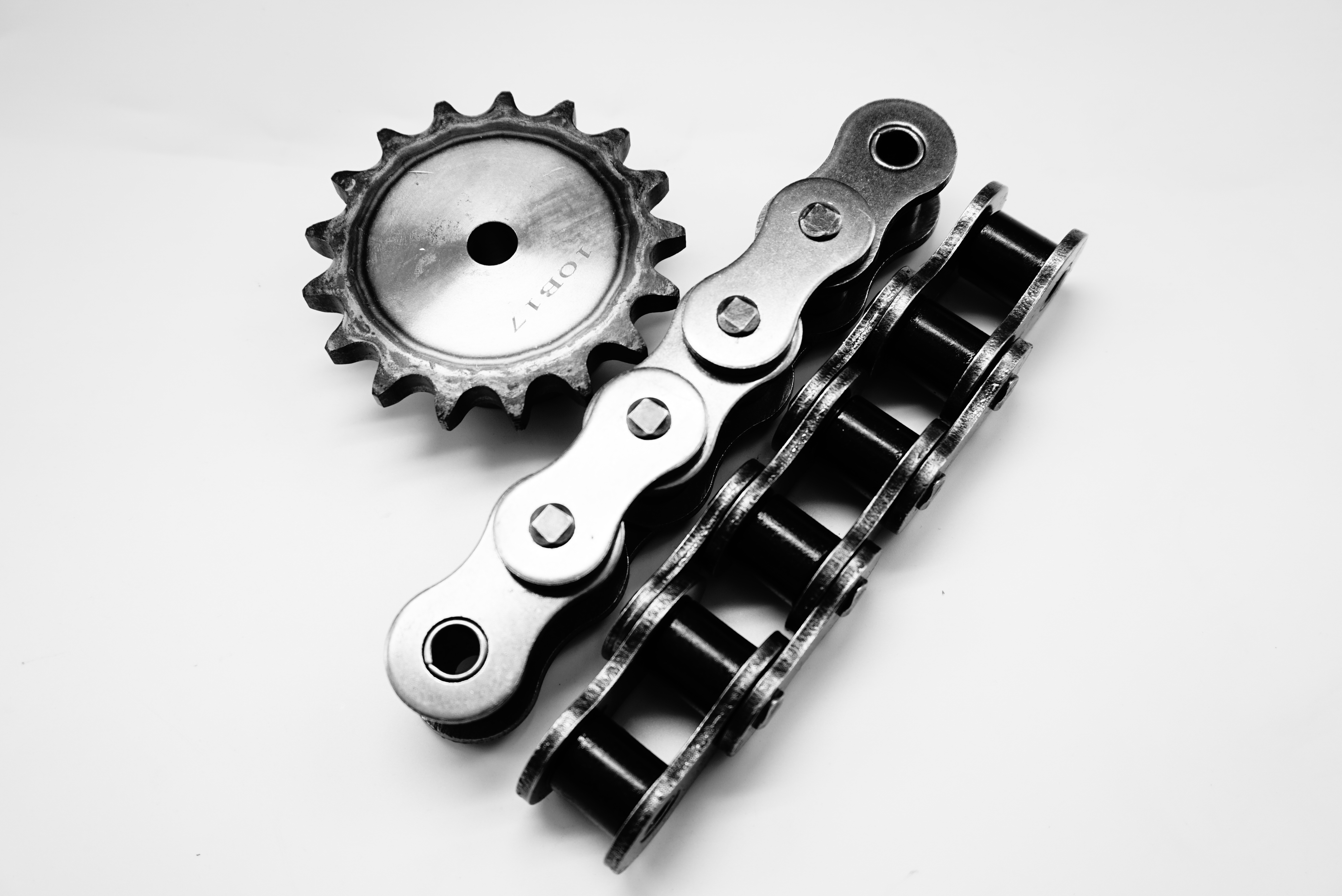
Problems and development directions of motorcycle chains
Problems and development directions The motorcycle chain belongs to the basic category of industry and is a labor-intensive product. Especially in terms of heat treatment technology, it is still in the development stage. Due to the gap in technology and equipment, it is difficult for the chain to...Read more -
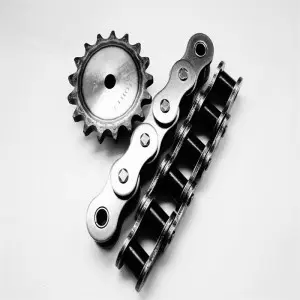
Heat Treatment Technology of Motorcycle Chain
Heat treatment technology has a crucial impact on the intrinsic quality of chain parts, especially motorcycle chains. Therefore, in order to produce high-quality motorcycle chains, advanced heat treatment technology and equipment are necessary. Due to the gap between domestic and foreign manufact...Read more -
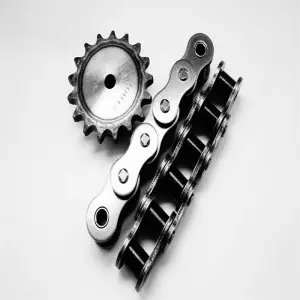
What material is a motorcycle chain made of?
(1) The main difference between the steel materials used for chain parts at home and abroad is in the inner and outer chain plates. The performance of the chain plate requires high tensile strength and certain toughness. In China, 40Mn and 45Mn are generally used for manufacturing, and 35 steel i...Read more -
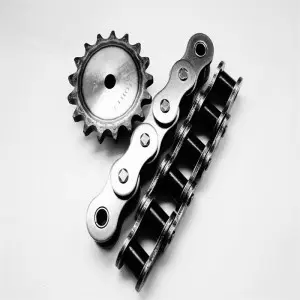
Will the motorcycle chain break if not maintained?
It will break if not maintained. If the motorcycle chain is not maintained for a long time, it will rust due to lack of oil and water, resulting in the inability to fully engage with the motorcycle chain plate, which will cause the chain to age, break, and fall off. If the chain is too loose, the...Read more -
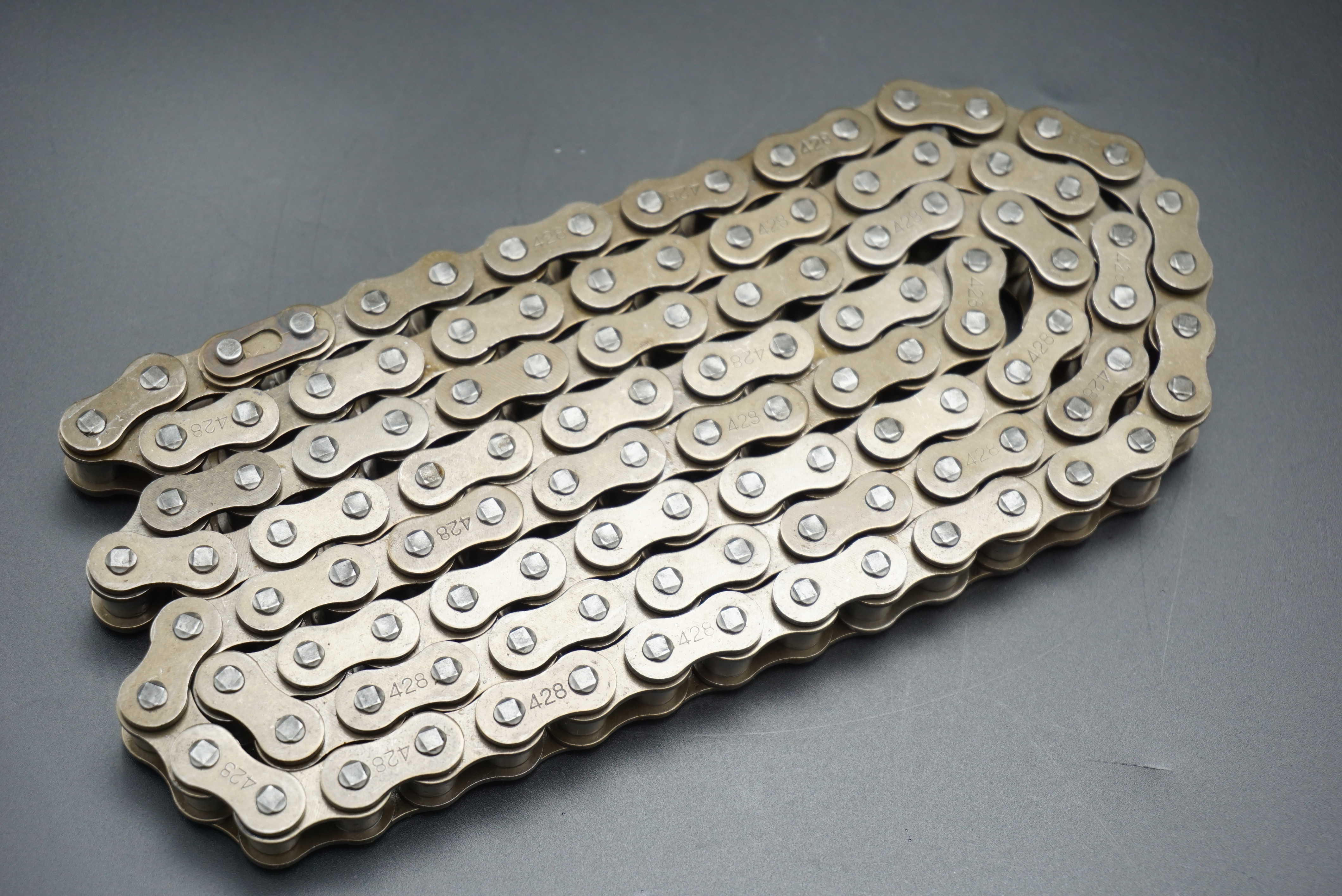
What is the difference between washing or not washing the motorcycle chain?
1. Accelerate chain wear Formation of sludge – After riding a motorcycle for a period of time, as the weather and road conditions vary, the original lubricating oil on the chain will gradually adhere to some dust and fine sand. A layer of thick black sludge gradually forms and adheres to th...Read more -
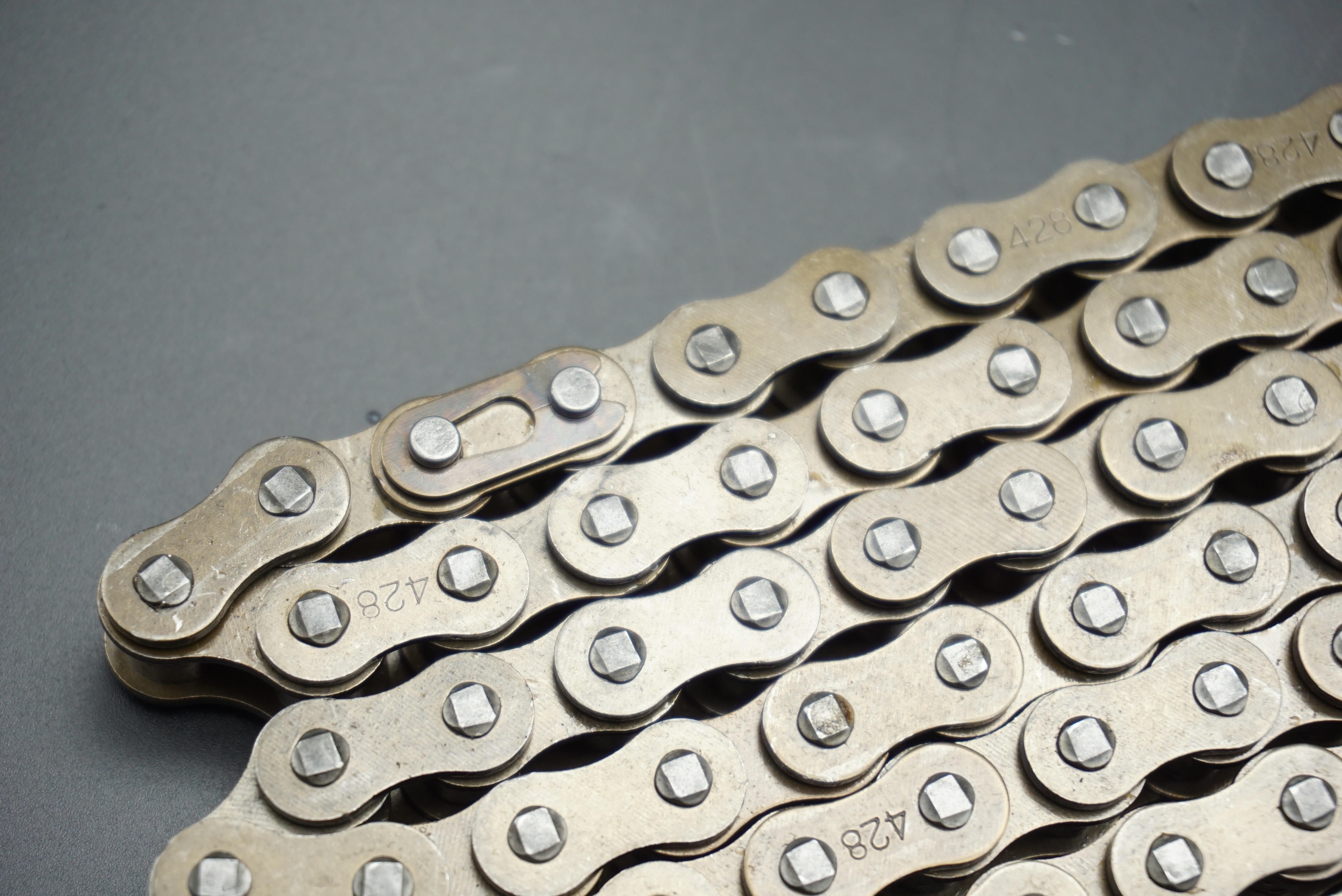
How to clean motorcycle chain
To clean the motorcycle chain, first use a brush to remove the sludge on the chain to loosen the thick deposited sludge and improve the cleaning effect for further cleaning. After the chain reveals its original metal color, spray it again with detergent. Do the last step of cleaning to restore th...Read more -
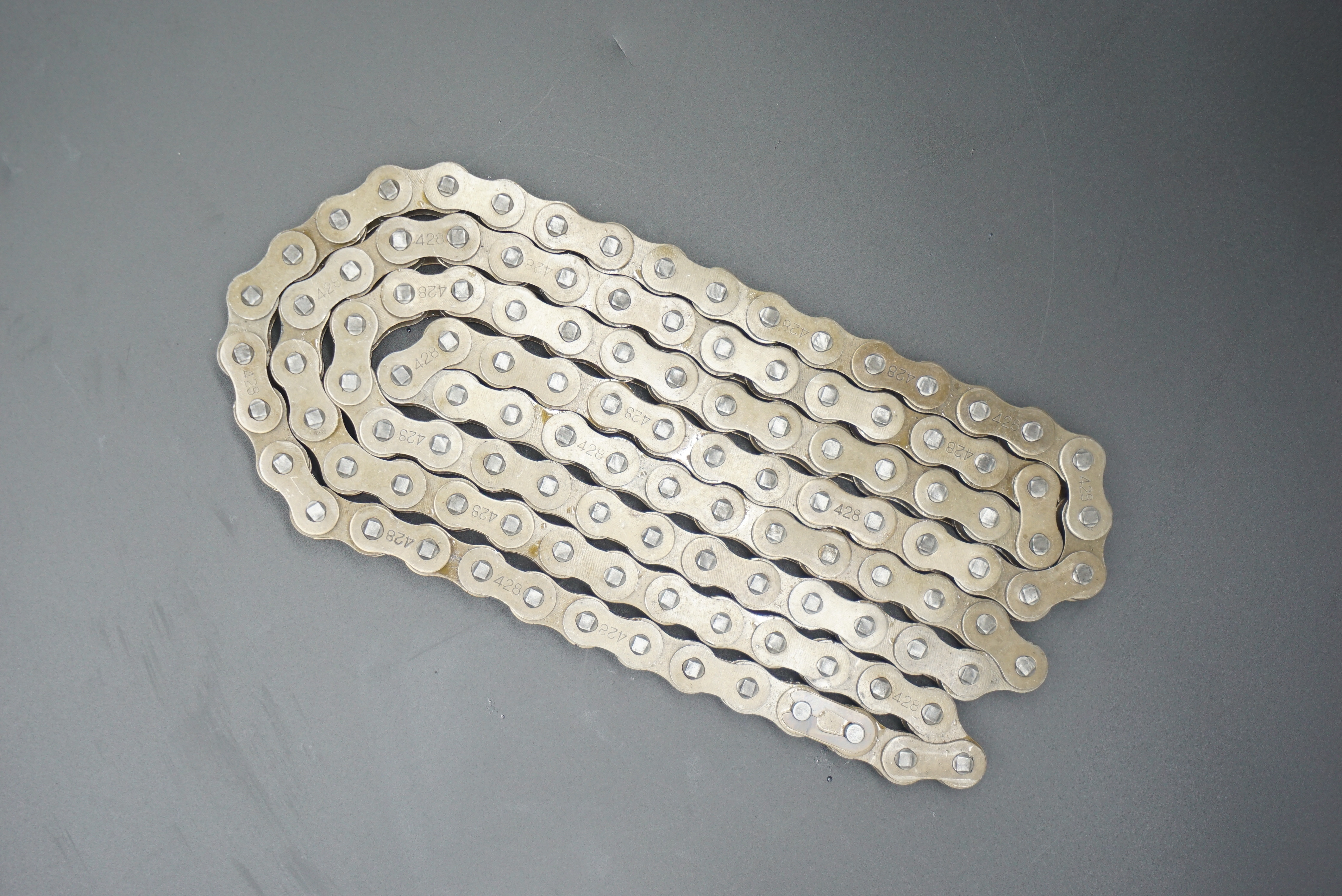
What is the thinnest chain in mm
chain number with prefix RS series straight roller chain R-Roller S-Straight for example-RS40 is 08A roller chain RO series bent plate roller chain R—Roller O—Offset for example -R O60 is 12A bent plate chain RF series straight edge roller chain R-Roller F-Fair For example-RF80 is 16A straight ed...Read more












